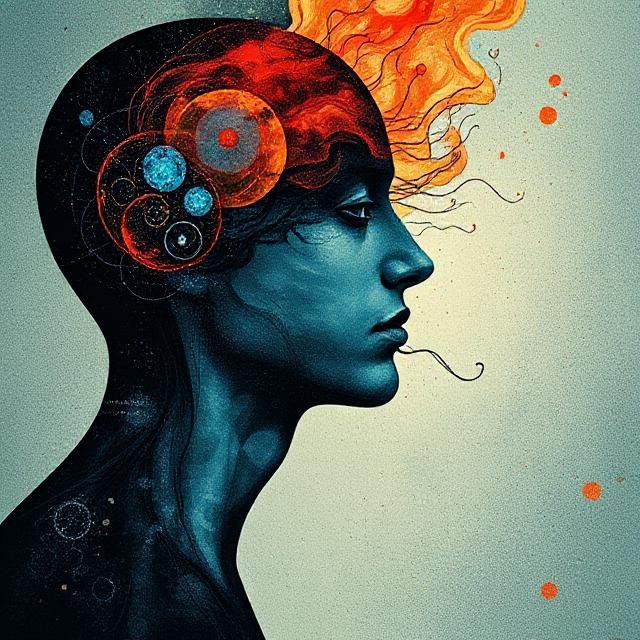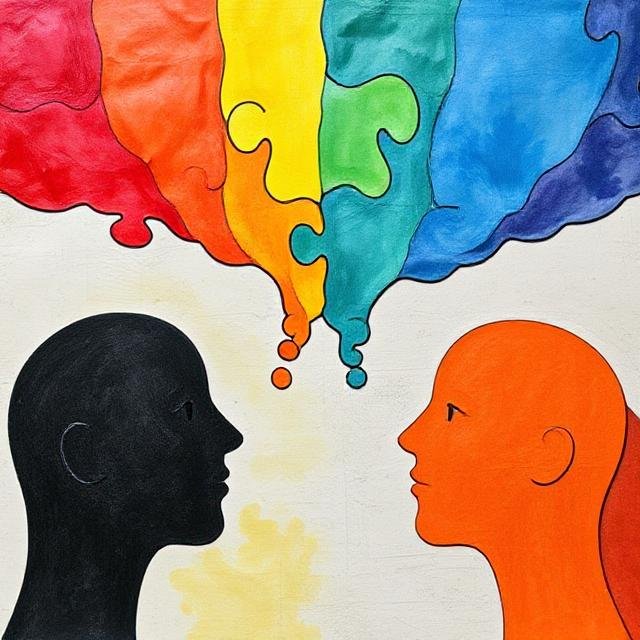Bipolar Disorder
- soulsunleashed
- July 11, 2025
Bipolar disorder is a complex and often misunderstood mental health condition characterized by extreme mood swings that include emotional highs (mania or hypomania) and lows (depression). These mood shifts can significantly impact an individual’s daily functioning, relationships, and overall quality of life. Recent advancements in research and treatment have provided new insights into the disorder, offering hope for better management and understanding.
Bipolar Disorder
An Overview of Disruptive Mood Dysregulation Disorder (DMDD)
Written by
soulsunleashed
Bipolar Disorder
What Is Cognitive Behavioral Therapy (CBT) and How Does It Work?
Written by
soulsunleashed
Bipolar Disorder
Comprehensive Guide to Treating Bipolar Disorder: Advances and Evidence-Based Approaches
Written by
soulsunleashed
FREQUENTLY ASKED QUESTIONS
Can bipolar disorder be cured?
While there is no cure, bipolar disorder can be effectively managed with appropriate treatment, allowing individuals to lead fulfilling lives.
Is bipolar disorder the same as depression?
No, while both involve mood disturbances, bipolar disorder includes episodes of mania or hypomania, whereas depression involves only depressive episodes.
How can I support a loved one with bipolar disorder?
Offer understanding, encourage treatment adherence, and be patient. Educate yourself about the disorder to provide informed support.
Are there any new treatments on the horizon?
Yes, research into genetic therapies and electroceuticals offers promising avenues for future treatments .
KEY TERMS
Bipolar I Disorder
Characterized by manic episodes lasting at least seven days or by manic symptoms that are so severe that immediate hospital care is needed. Depressive episodes occur as well, typically lasting at least two weeks.
Bipolar II Disorder
Defined by a pattern of depressive episodes and hypomanic episodes, but not the full-blown manic episodes that are typical of Bipolar I Disorder.
Cyclothymic Disorder (Cyclothymia)
Periods of hypomanic symptoms as well as periods of depressive symptoms lasting for at least two years (one year in children and adolescents); however, the symptoms do not meet the diagnostic requirements for a hypomanic episode and a depressive episode.
Explore Bipolar Disorder
Bipolar Disorder
An Overview of Disruptive Mood Dysregulation Disorder (DMDD)
Written by
soulsunleashed
Bipolar Disorder
What Is Cognitive Behavioral Therapy (CBT) and How Does It Work?
Written by
soulsunleashed
Bipolar Disorder
Comprehensive Guide to Treating Bipolar Disorder: Advances and Evidence-Based Approaches
Written by
soulsunleashed
Bipolar Disorder
Understanding Labile Affect: Insights into Emotional Instability
Written by
soulsunleashed
Bipolar Disorder
Understanding Autism Spectrum Disorder and Bipolar Disorder: A Comprehensive Overview
Written by
soulsunleashed







